Dealing with Hard Water
Hard water stains get stuck and it sucks
Let’s talk about hard water. Calcium and magnesium in the water leave that white, chalky residue you find on your faucets, shower heads, toilets, shower glass, and even your kettle. Anywhere that water runs, you can find it.
The hardness of your water will vary depending on your location and water system, but cleaning the residue it leaves behind is a commonly skipped step. So, let’s change that!
What is hard water anyway?
Hard water, which is basically the result of an abundance of calcium, magnesium, and trace amounts of other minerals built up in the water cycle, can happen with both city water and well water. As higher concentrations of these minerals dissolve in the water, hardness increases. The hardness level of water varies based on location and water supply (which is why individual cities within the same area can have varying degrees of water hardness).
While hard water is safe to use – both for washing and drinking – it leaves annoying deposits and stains behind on surfaces and even clothing. Here are some of the most common signs:
- White, chalky stains in sinks, tubs, and on faucets and showerheads
- Clothes, linens, and towels that look and feel dull/rough
- Scaly buildup and/or stains on porcelain
You may also notice other signs and symptoms like dry skin, flat hair, low water pressure, and higher-than-normal water bills.
Roughly 85 percent of homes have hard water, which means it most likely affects your home, too. Knowing how to properly clean can help you neutralize this problem.
How to deal with hard water
Vinegar is the best solution to combat hard water stains. It contains potassium and sodium, which softens the water and dissolves the chalky residue. You can use other store bought products, but vinegar is a fraction of the price and you probably already have a jug at home.
Faucets & shower heads
Step 1: Grab a Ziploc® bag large enough to fit your faucet or shower head.
Step 2: Fill the bag with vinegar and put the head of the faucet into the bag. Secure it with an elastic band and make sure all areas with hard water spots are submerged. If your fixture is gold, brass, or nickel, leave the mixture on for no longer than 30 minutes. For other finishes, you can leave this on for as long as it takes to soften the deposits, often overnight.
Step 3: Once all water deposits have dissolved, remove the bag and gently scrub. Rinse it well and shine it up with windex and a polish cloth, and you’re done.
Shower glass
Before you start, open up a window and turn on the fan. Vinegar has an overwhelming scent, so get some air flowing.
Step 1: Fill a spray bottle up with vinegar and squeeze in about a tablespoon of blue Dawn® dish soap. The soap will act as a binding agent to help the vinegar stick to the glass.

Step 2: Spray the mixture onto your glass and coat it evenly. Let it sit as long as it needs. You may need to wait and reapply if your glass is coated in water deposits.
Step 3: Once you’ve let it sit, grab a sponge and start scrubbing. Scrub every inch of the glass, then rinse the vinegar and Dawn® mixture off.
If your glass just isn’t coming clean, we have a last resort trick for you. Grab some Scrubbing Bubbles® and a soft sponge. Scrub the glass well and then rinse. We like to go the extra mile and squeegee the glass, then Windex® inside and out. Grab a polish cloth and buff out any streaks, and you should have sparkling glass!

Shower Tile
For tile, it’s essentially the same method as for glass. Make sure you decipher if it’s hard water stains or soap residue. If it’s soap residue, you’ll be able to feel the thick, soapy texture.
To tackle soap residue, use Scrubbing Bubbles® or Tide®, bleach and water (1 gallon of hot water, 1 teaspoon of tide and ⅓ cup of bleach) with a scrub brush. You’ll know it’s hard water deposits if it has a chalky white film covering the tiles.
For hard water, grab the same vinegar and Dawn® dish soap solution and spray any tile covered in hard water. Let it soak for a few minutes and grab a scrub brush. We recommend a large and small brush. If you try to scrub your whole shower with a tiny brush, your arm will likely fall off.
Use the large brush to clean tiles and the small one can come in handy for corners and grout. Feel the tile as you go to make sure it feels smooth, and free of hard water. Once you’ve finished scrubbing, rinse off all of the vinegar and finish it up with a windex.
We’re gonna be honest with y’all; if your tile or glass is super coated, this is gonna take some elbow grease. But that sparkling glass and tile are so worth it!
Toilets
Hard water rings in toilets are tricky. We recommend Bar Keepers Friend®, but in a pinch, grab your vinegar.
Pour one cup into the toilet bowl, followed by one cup of baking soda, and then two more cups of vinegar. When mixed, vinegar and baking soda create carbon dioxide bubbles. Vinegar’s acidity mixed with the baking soda’s abrasiveness should help lift the toughest of stains.
Once mixed, grab your toilet brush and start scrubbing. To ensure the stain is fully lifted, let it sit for another 10 minutes before flushing. Repeat steps if needed.
For hard water stains on the outside of the bowl, spray your dawn and vinegar mixture and let it sit. Scrub, then wipe up with a paper towel. Vinegar does NOT disinfect, so make sure you wipe all vinegar residue off and follow with a disinfectant like Mr. Clean® or the WBT mixture with a clean rag.
Kettles
Now this one is like magic. Kettles love to form hard water build-up within them, especially coating the bottom.
Step 1: Fill your kettle up with one cup of vinegar and one cup of water.
Step 2: Turn your kettle on and let it come to a boil.
Step 3: Pour it out and rinse until clean.
Your kettle should look brand spanking new.

Coffee machines/water dispensers
Surprise, we are using vinegar again!
We often see lots of deposits on fridge water dispensers and coffee machines. We use the same method to clean both. Spray and let any surfaces with hard water soak in straight vinegar, then gently scrub the deposits away. We like to use a scrub brush with softer bristles so we don’t scratch any surfaces.
For in depth instructions on cleaning your coffee maker, see this article.

Iron in water
You know how the grout on your tile starts to look orange when you haven’t cleaned it in a while? That’s iron. It’s another mineral in your home’s water that creates more buildup to clean. Water from a well especially tends to have high amounts of it.
To clean that orange or red residue, you’re gonna want to use tide, bleach and water. If your shower is marble, DO NOT use bleach. Instead, use the Microban® bathroom spray as it won’t damage marble.
Pour/spray your product all over the dirty tile and let it sit for a few minutes. Now grab your favorite scrub brush and get to work!
Once you’ve scrubbed your little heart out, rinse away the product with water. It may take two rounds of this method if your grout is super bad. Another place you may find iron is in your toilet tank. Toilet tanks look rusty more often than not.
To fix this, buy some IronOut®. Pour it into your toilet tank and leave it overnight. Flush the toilet several times In the morning to clear the tank and, you’ll have a rust free toilet tank.
Clean Your Entire Home the House Work Way
Now that you’ve dealt with all that hard water, you have to maintain it. Depending on how hard your water is, it will vary how often you’ll have to clean. Make sure you are regularly adding a water softener to your water tank. It helps remove the calcium, magnesium and iron in your water and replace them with potassium and sodium. If you keep up with these things you won’t have to spend too much time scrubbing!
For a list of our favorite products, click here.
– Georgia @ GoCleanCo



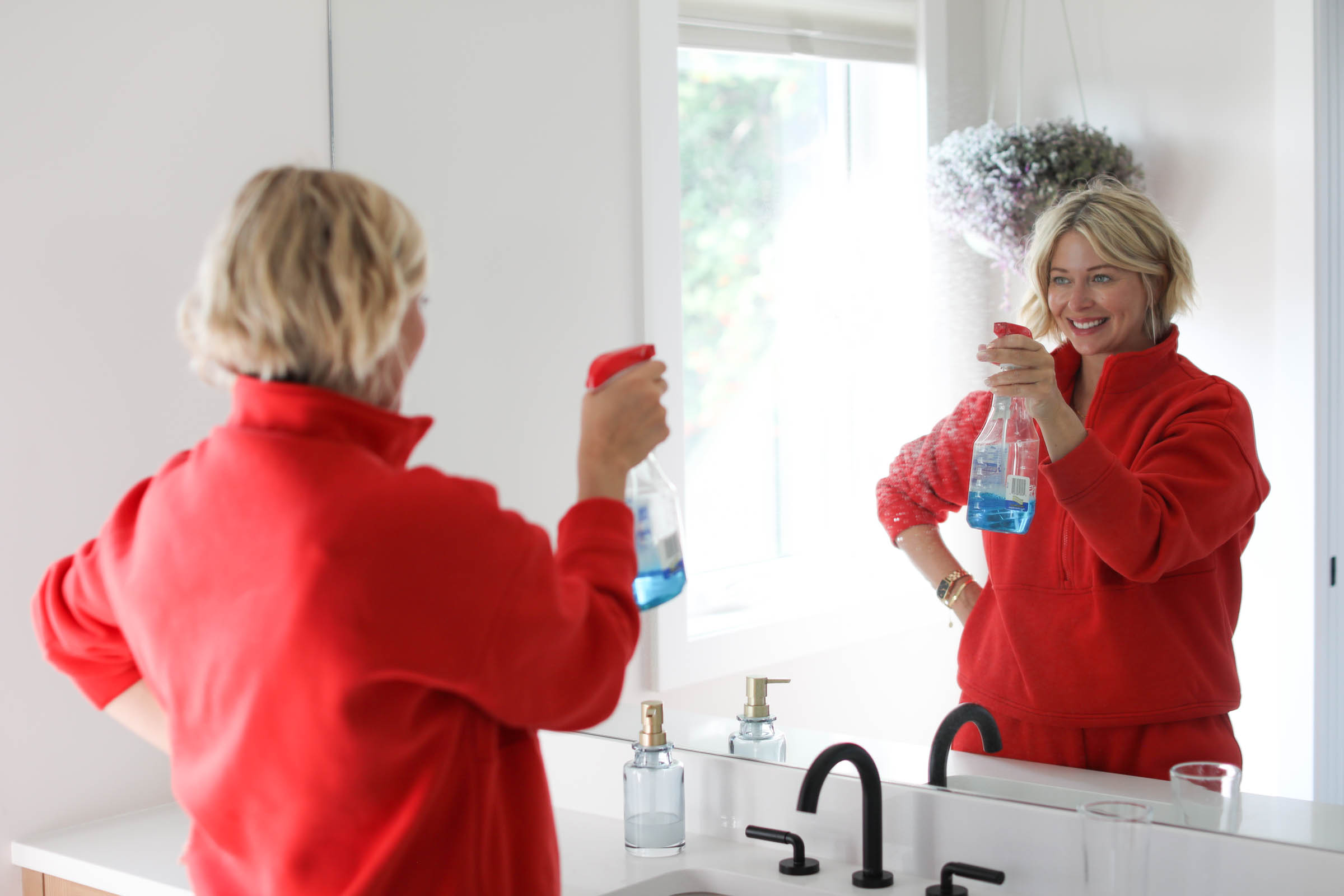
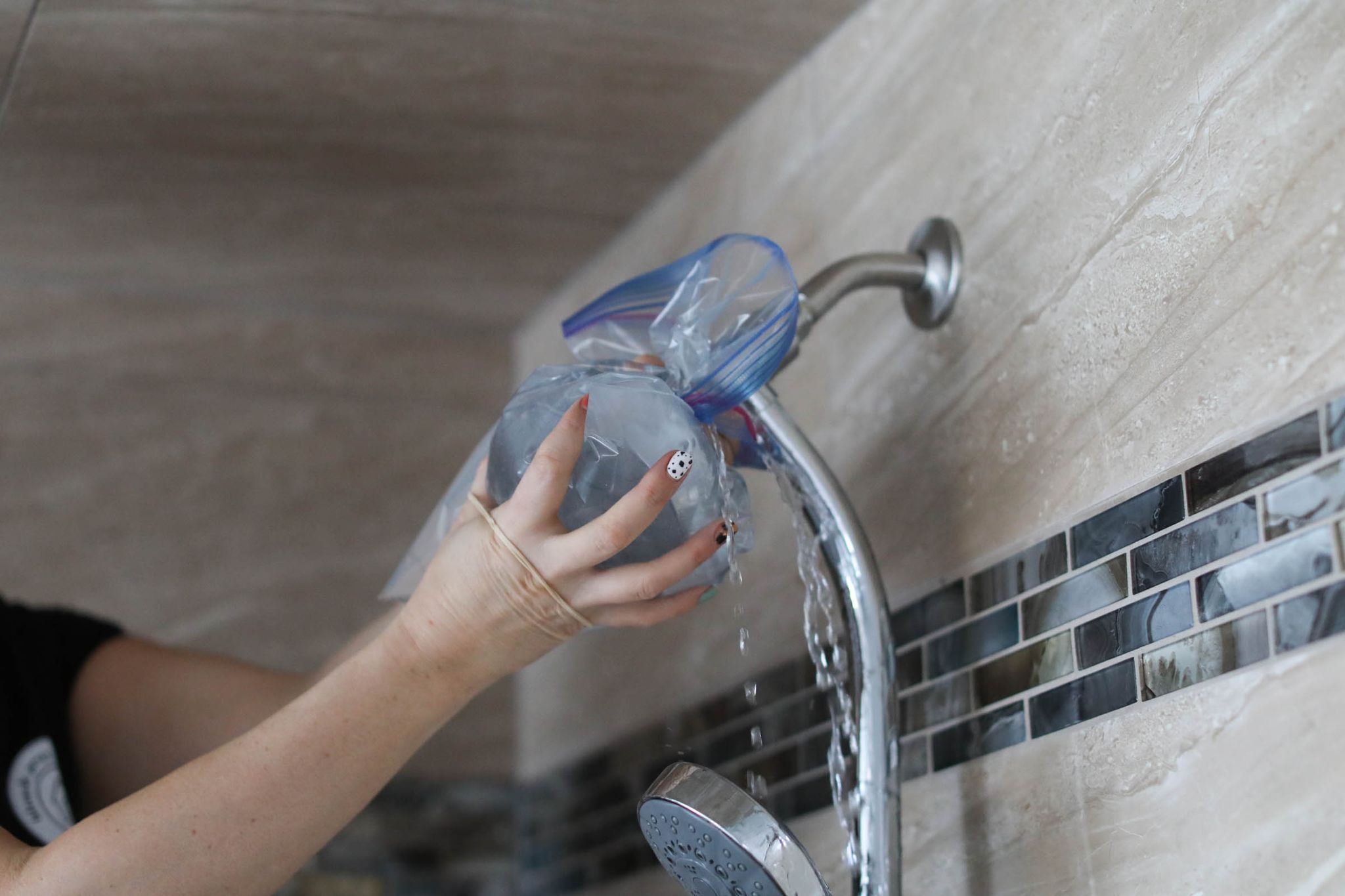
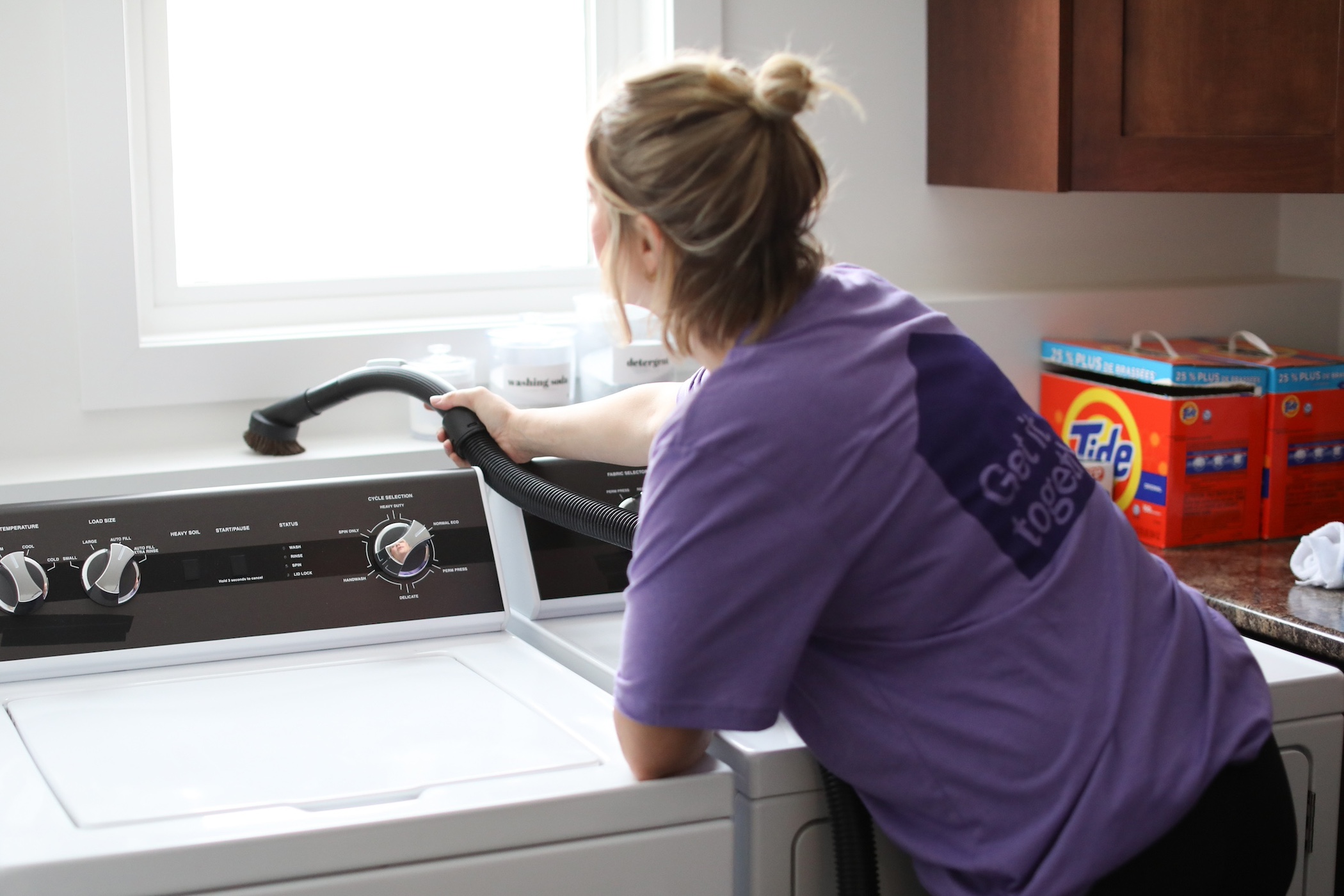
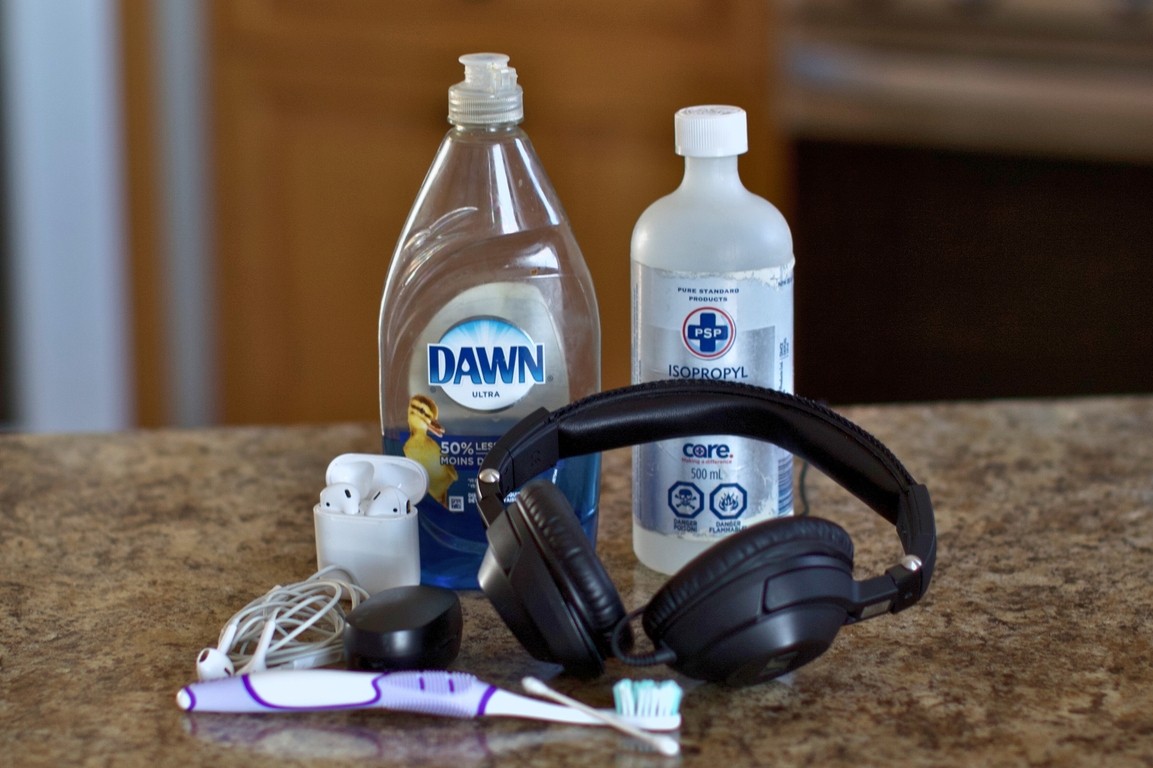
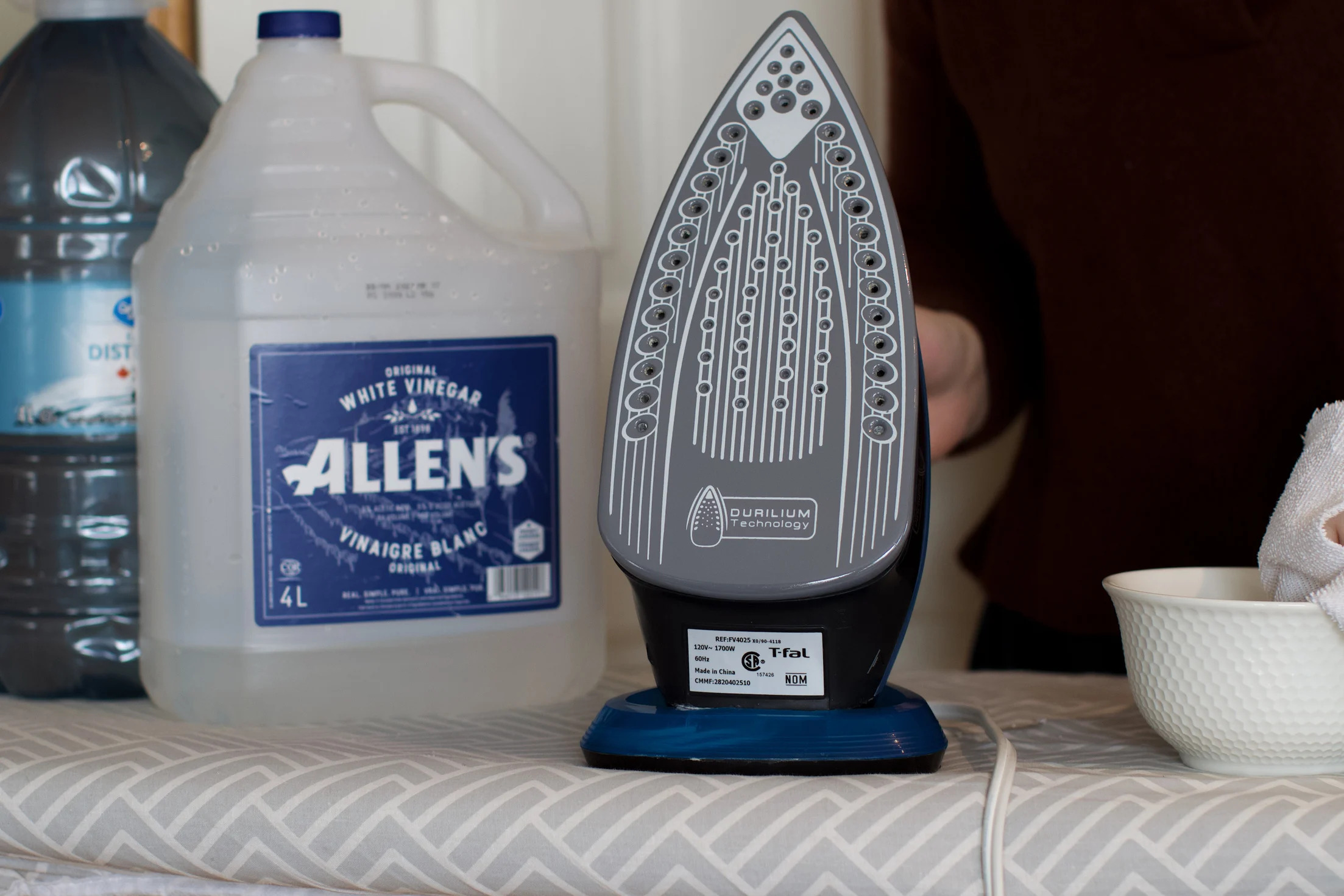
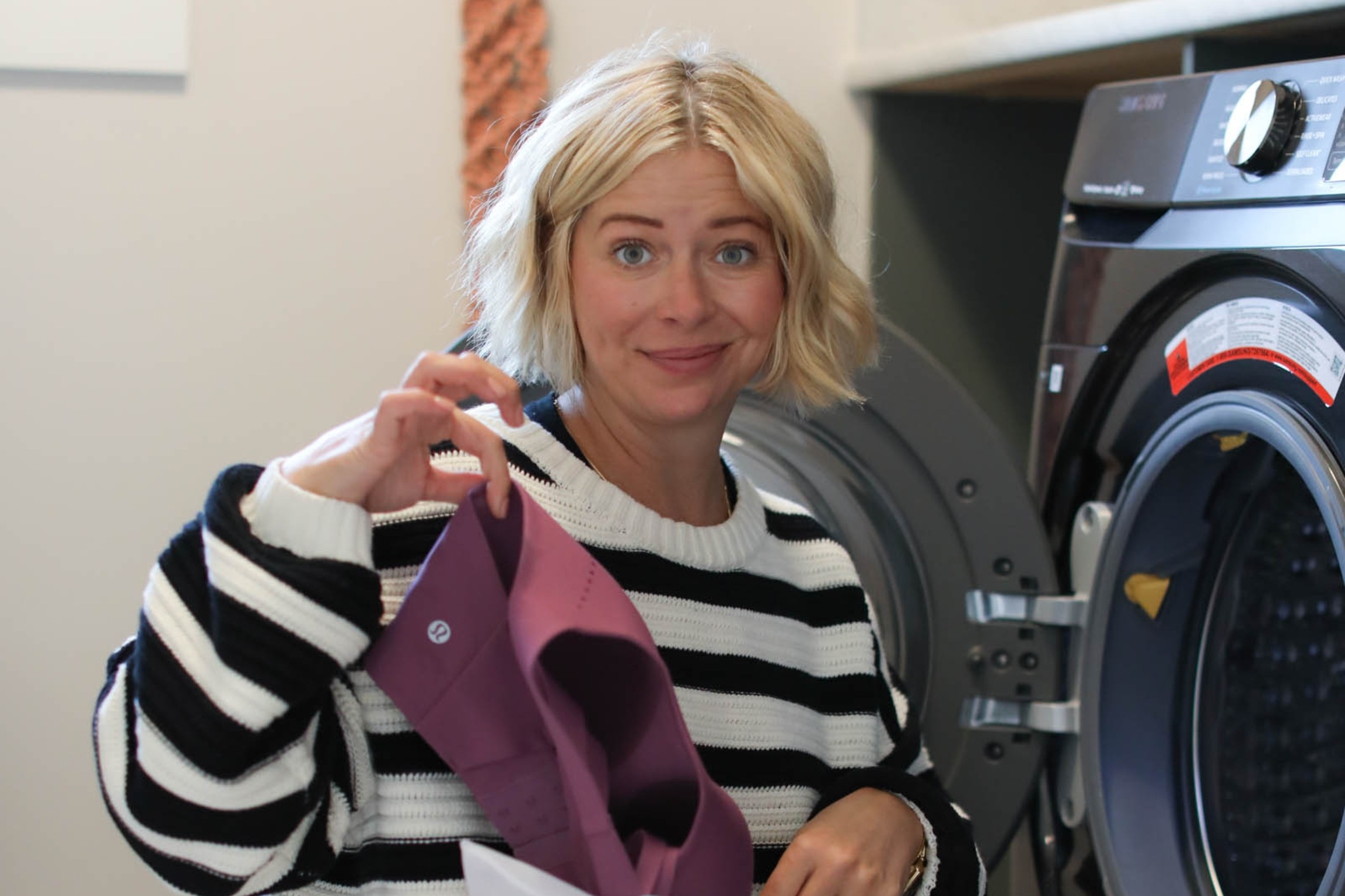
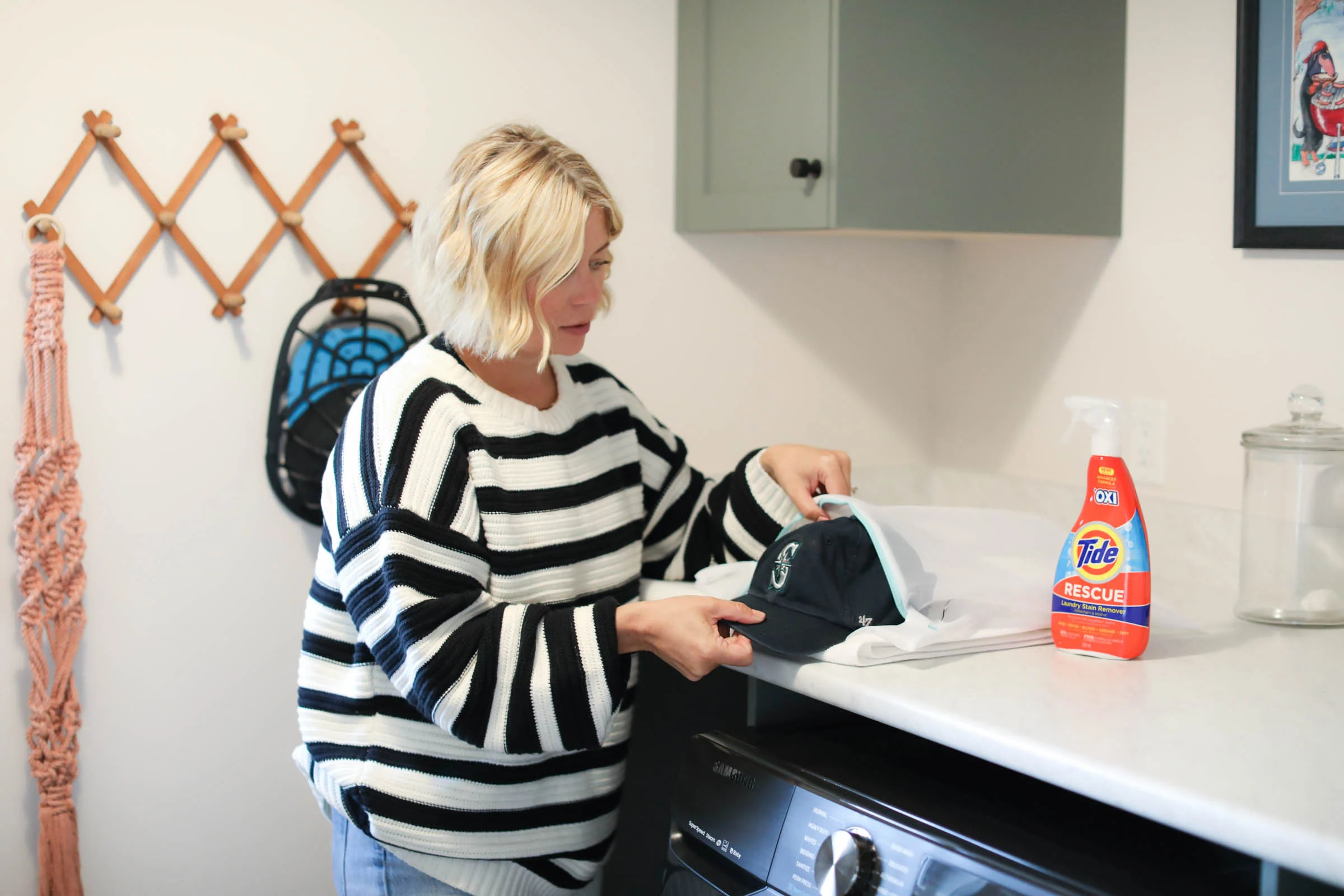

We're big on Instagram.
Follow @GoCleanCo for seriously satisfying videos and top-secret tips. Don’t be shy, come say hi.